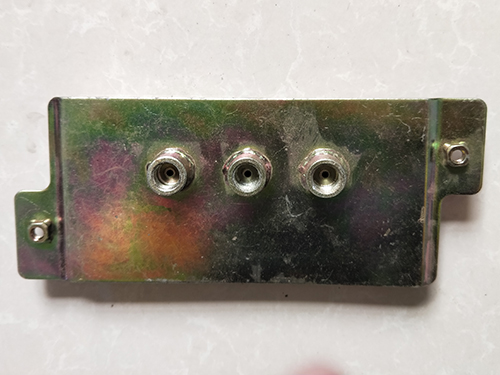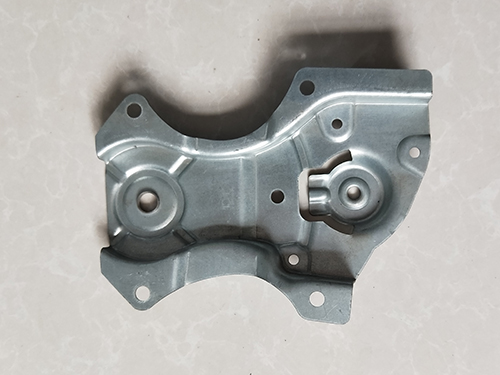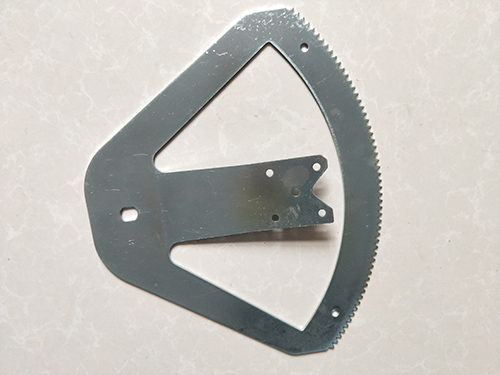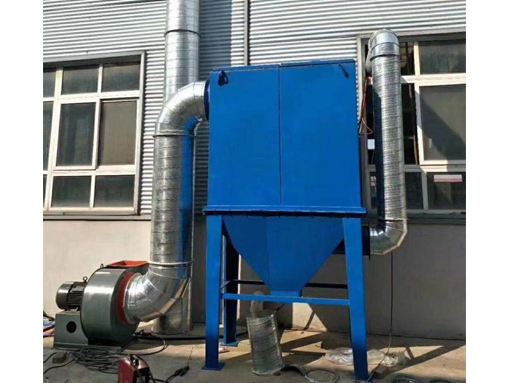Inspection methods for metal stamping parts and reasonable selection of equipmen
【1】 The level of mold manufacturing quality directly reflects the quality level of stamping parts. How to reasonably determine the quality status of stamping parts, shorten the mold manufacturing cycle, and rectify mold problems, so it is necessary to clarify and unify stamping parts; The inspection methods and judgment criteria are particularly important, and the following will provide a detailed introduction to the commonly used inspection methods for stamped parts. A. Touch inspection 1. Inspection method (1) Use clean gauze to wipe the surface of the stamped part clean. (2) Inspectors need to wear gauze gloves, with their fingers together and their fingertips touching the surface of the stamped part along the longitudinal direction. They should feel the unevenness of the appearance of the stamped part and touch all surfaces and contours of the stamped part. This inspection method depends on the experience of the inspector. (3) Use an oilstone to polish the suspicious area that has been detected and verify it. 2. Touch inspection can detect quality defects such as deformation, pitting, pitting, indentation, wrinkling, etc. B. Oil stone polishing 1. Inspection method (1) Use clean gauze to wipe the surface of the stamped part clean. You can choose large oil stone size: 50x25x200mm or small oil stone size: 10 * 10 * 100mm for polishing. Use the weight of the oil stone for polishing, and do not apply additional pressure to the part. (2) Polish areas with arcs and hard to reach areas with relatively small oilstones. For rounded corners and hard to reach areas, suitable small oilstones (semi-circular oilstones with dimensions of 10 * 10 * 100mm or 8 * 100mm) should be used. (3) The direction of oilstone polishing is basically along the longitudinal direction, and it fits well with the surface of the stamped part. In some places, horizontal polishing can also be added. 2. The selection of oil stone particle size depends on the surface condition (such as roughness, galvanizing, etc.). It is recommended to use fine-grained oil stones, and the oil stone particle size should not be less than 800 #. 3. The inspection of defects in oil stone polishing can include quality defects such as deformation, pitting, pitting, and slip lines. C. Polishing of flexible mesh 1. Inspection method: Clean the surface of the stamped part with clean gauze, and use a flexible sand mesh to closely adhere to the surface of the stamped part and polish it longitudinally to the entire surface. Each mesh can be used to inspect 15 appearance parts. 2. The inspection of defects in flexible mesh polishing can detect any difficult to detect defects such as dents, indentations, and potholes. D. Oil coating inspection 1. Inspection method (1) Use clean gauze to wipe the surface of the stamped part clean. Use a clean brush to evenly apply oil in the same direction to the entire outer surface of the stamped part. (2) Inspect the stamped parts that have been coated with oil under strong light. It is recommended to place the stamped parts vertically on the vehicle body. 2. Oil coating inspection can check for small defects such as dents, dents, ripples, deformations, etc. on stamped parts. E. Visual inspection 1. Inspection method: Place the stamped parts on the audit workbench without stress, and then inspect the appearance defects of the stamped parts from the user's perspective, discovering abnormal appearance and macroscopic defects of the stamped parts. 2. Visual inspection can detect quality defects such as deformation, wrinkling, cracking, necking, stacking, pitting, trimming burrs, and hole burrs. F. Inspection Method 1: During the transportation of stamped parts, handle them with care. (2) According to the operating requirements of the inspection tool manual, place the stamped parts into the inspection tool and perform inspection on the stamped parts. 2. The defect inspection tool can check whether the contour size and hole size of the stamped part meet the product requirements. 【2】 Reasonable selection of equipment for stamping parts is analyzed based on various aspects such as punching force, mold structure, and height in the actual manufacturing process. Combining the existing manufacturing infrastructure, the application of facilities is closely related to the design of molds. It is necessary to develop relevant design requirements and determine the type of equipment based on the relevant design. If the equipment used for manufacturing is small and the calculation values related to stamping are small, but the specifications required for the mold are large, the facilities that need to be selected are relatively large. Select equipment that meets the height and leakage hole size based on the actual specifications of the mold. The design of the mold needs to pay attention to these aspects: first, the balance between the punching force and the mold; Next, calculate the data and calibrate the relevant power; In the bending and other processes, in order to address quality issues with the parts, it is necessary to calibrate the manufacturing process to ensure smooth production of automotive parts. The body, internal structure, and seats of a car are all made of steel plates through stamping technology. Automotive metal stamping parts; The manufacturing process is the basic technical capability of automobile production, which ultimately determines various aspects such as the cost-effectiveness and appearance of the automobile body. The intuitive part of a car's composition is its body, which is also an important component of the car. The manufacturing process of automobiles is directly related to their service life, and the improvement of stamping manufacturing technology for automotive parts is an important competitive advantage in the automotive industry.







